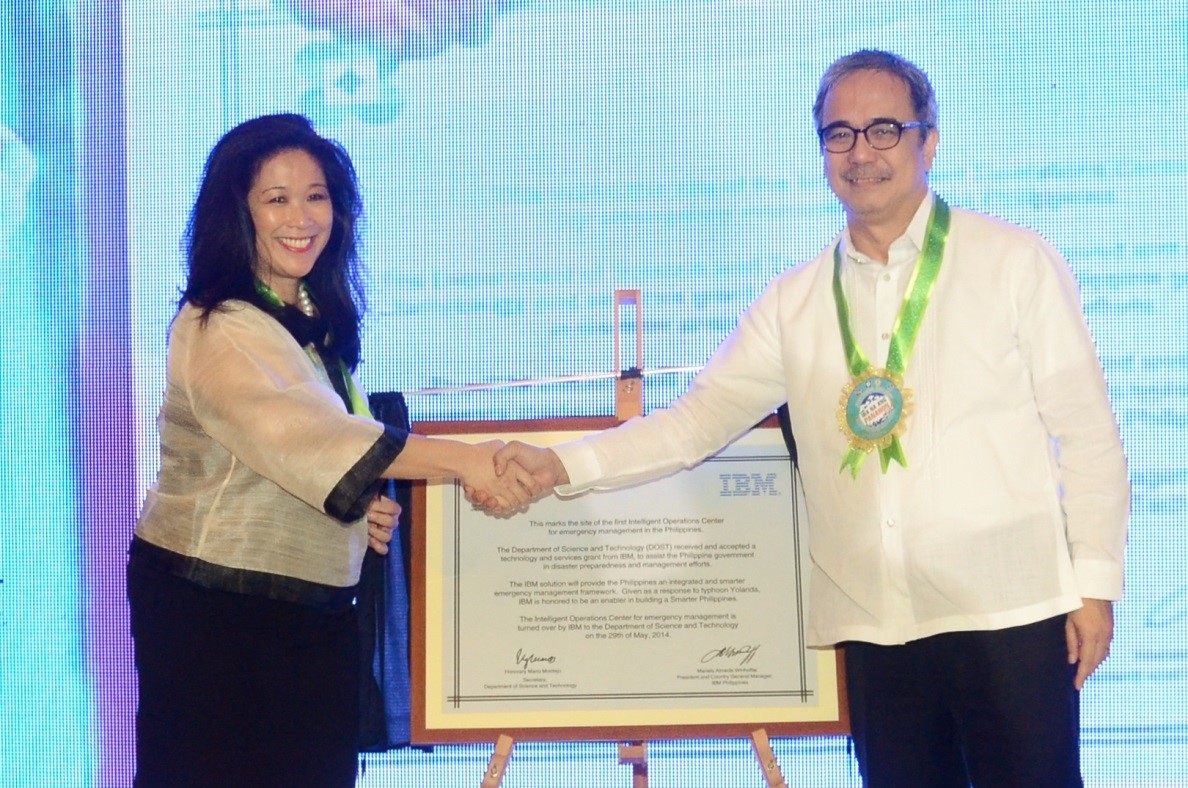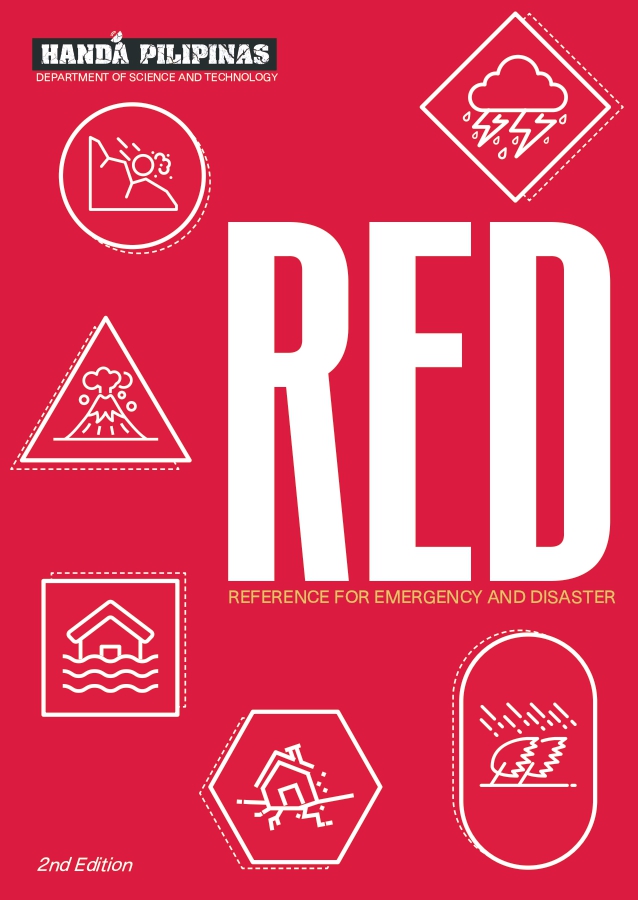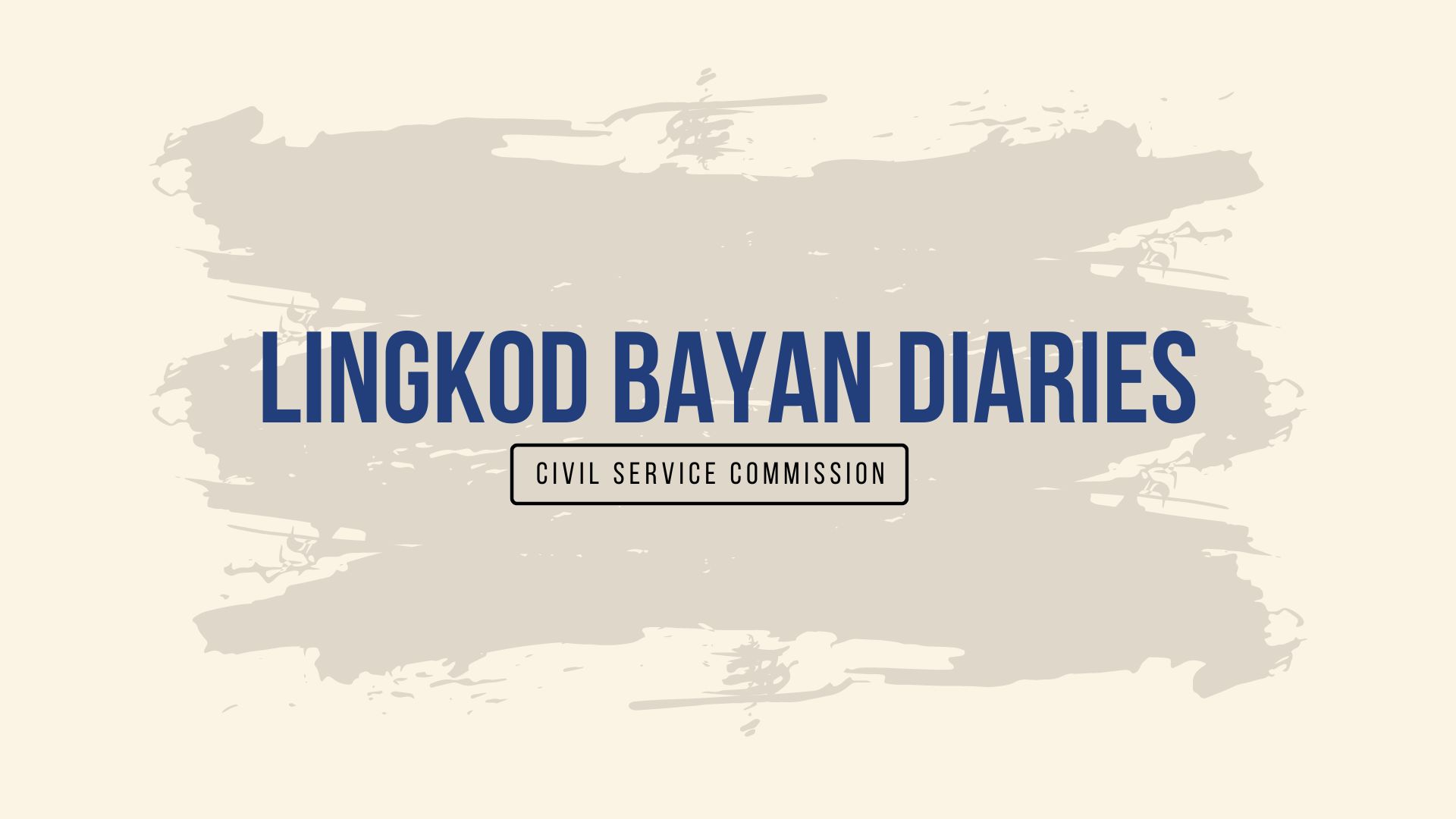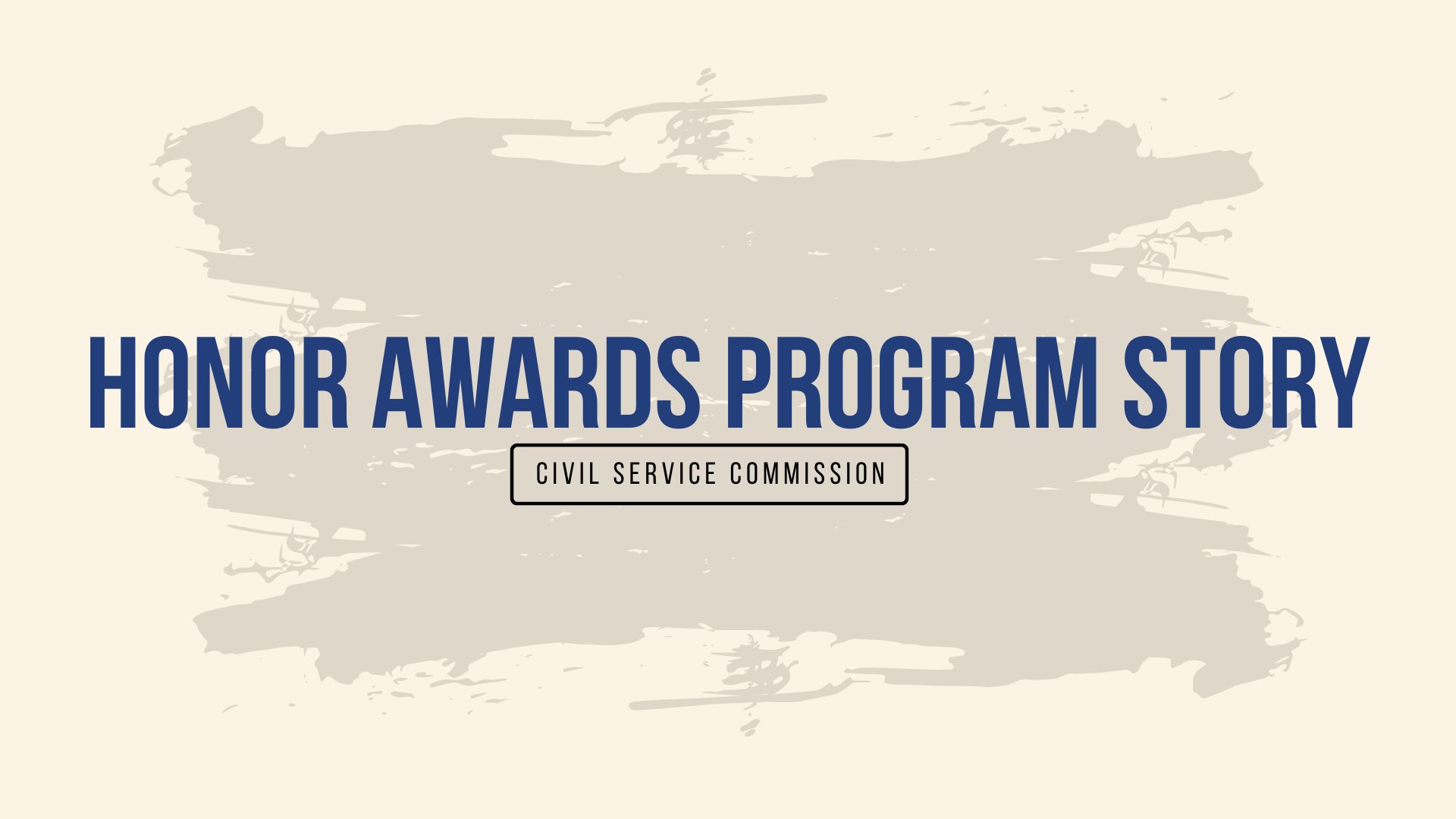- Details
- Hits: 13941
The Department of Science and Technology’s (DOST) latest addition to its disaster preparedness and response initiatives—the Intelligent Operations Center (IOC) for emergency management-- was formally unveiled during the final leg of the Iba na ang Panahon: Science for Safer Communities.
Read more: DOST, IBM partner for Intelligence Operations Center for emergency management
- Details
- Hits: 14582

DOST-PHIVOLCS Director Renato U. Solidum Jr. (2nd from left) hands over to Danilo Dogules (3rd from right) the Broadcaster’s Info Chart on Emergency Preparedness during the press conference held in connection with the Iba na ang Panahon: Science for Safer Communities information education and communications campaign of the Department of Science and Technology on May 26, 2014 at the Veranza, KCC Mall, General Santos City. The info chart, produced by PHIVOLCS together with DOST-PAGASA, NDRRMC, DOST-STII, OCD, KBP and other government agencies, serves as guide for broadcasters in explaining natural calamities to the public and what people can do before, during and after calamities to avert disasters. Others in photo are (L-R) DOST Region 12 Director Zenaida P. HR Laidan, PhD, PAGASA Administrator Dr. Vicente B. Malano and DOST Assistant Secretary Raymund E. Liboro. (S&T Media Service)
- Details
- Hits: 4082
Local officials, disaster risk reduction and city planning officers, as well as local government unit (LGU) consultants in Eastern Visayas or Region 8 are now better prepared to deal with earthquakes and typhoons as strong as Yolanda after taking part in the Department of Science and Technology’s (DOST) information campaign on disaster preparedness recently at the Sabin Resort Hotel in Ormoc City, Leyte.
- Details
- Hits: 3167
Mayors, disaster risk reduction and city planning officers, as well as LGU consultants of the National Capital Region will gather on May 29-30 for the final leg of the “Iba Na ang Panahon (INAP):Science for Safer Communities” at the Philippine International Convention Center.
- Details
- Hits: 6914
Many disasters have already happened in the country with the Bohol earthquake and the typhoon ‘Yolanda’ as the most recent. Disasters left the country with many lessons learned. After super typhoon Yolanda for example, many victims were reported to have no food to eat for many days. Preparing food was impossible with no electricity, water and gas in the disaster zone.
Read more: DOST cooks up a ‘pack of hope’ for hungry disaster victims

















